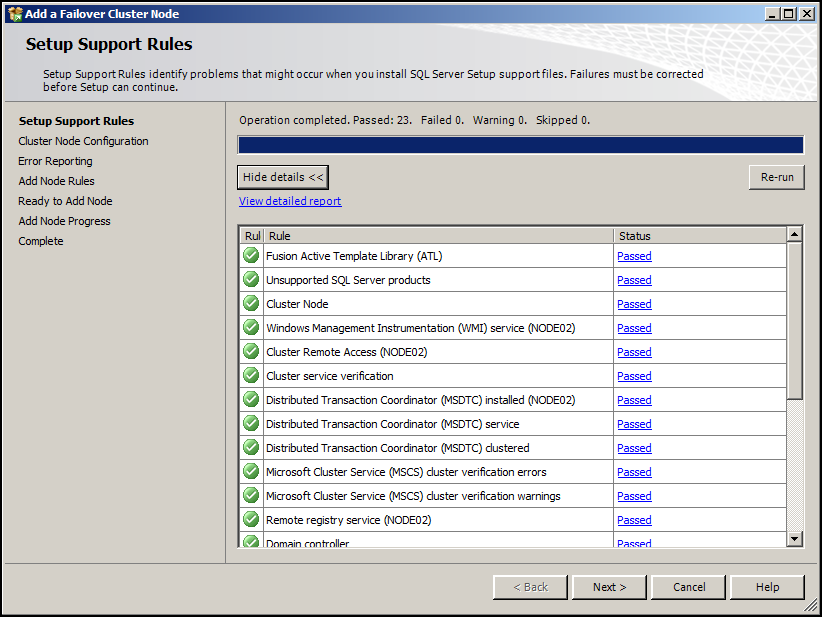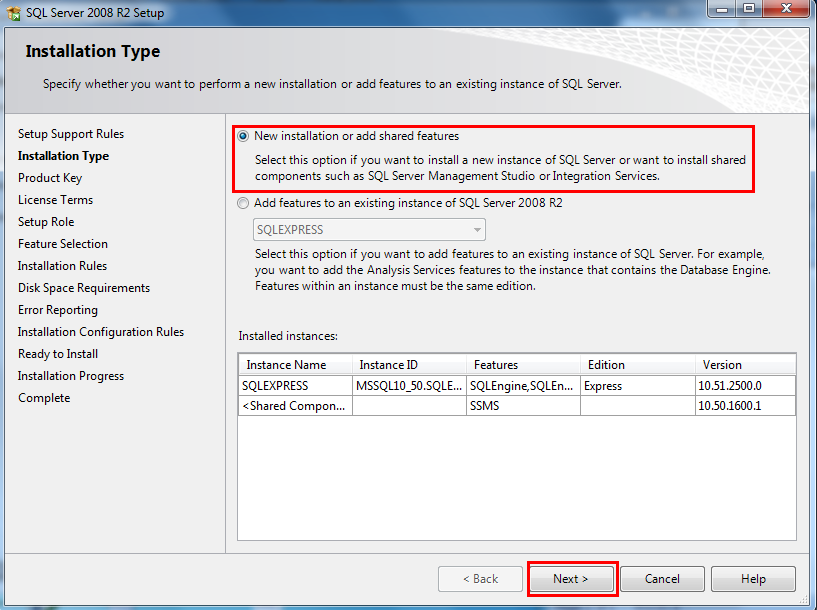

Simply, create a new file ” InstallSQL2008R2.bat” with extension = “. You can change that based on your needs. The full list of available feature parameters and their descriptions is located here.Īfter getting the configuration file ready, you’ll need to create a batch file that will run the silent unattended setup. For example, the features I selected (shown in the first screenshot above) will generate FEATURES=SQLENGINE, SSMS, ADV_SSMS in the configuration file. You can simply change the value for the FEATURES parameter.

If you want to change the features that this setup will install, there is no need to go with the full steps again. Remove INSTALLSHAREDDIR, INSTALLSHAREDWOWDIR, INSTANCEDIR parameters since we want to install on the default installation directories.

Remove the UIMODE parameter as it can’t be used with the QUITE parameter.The reason is that this parameter can’t be used when SQLSYSADMINACCOUNTS is specified, and it only applies to Express installations. Remove the ADDCURRENTUSERASSQLADMIN parameter.This specifies that Setup will run in a quiet mode without any user interface (i.e. Edit the configuration file as follows:.Cancel setup since we’re interested in the unattended silent mode of installation not the UI one.Now that you have the configuration file, copy it to your own folder or network share where you want to start the unattended installation.Notice the path to the configuration file highlighted below in blue. Continue the installation until you reach the “Ready To Install” step.Go through the wizard: Enter product key, accept license, install setup support files, and select the features you want to install:.Note that the configuration below doesn’t work with the Express edition of SQL Server 2008 R2. With the instructions below, you’ll be able to create a new customized SQL silent installation in minimal time. There is existing documentation on MSDN about How to: Install SQL Server 2008 R2 from the Command Prompt, but this post focuses on creating a silent unattended install of SQL Server 2008 R2 (Standard or Enterprise) using a configuration file.


 0 kommentar(er)
0 kommentar(er)
